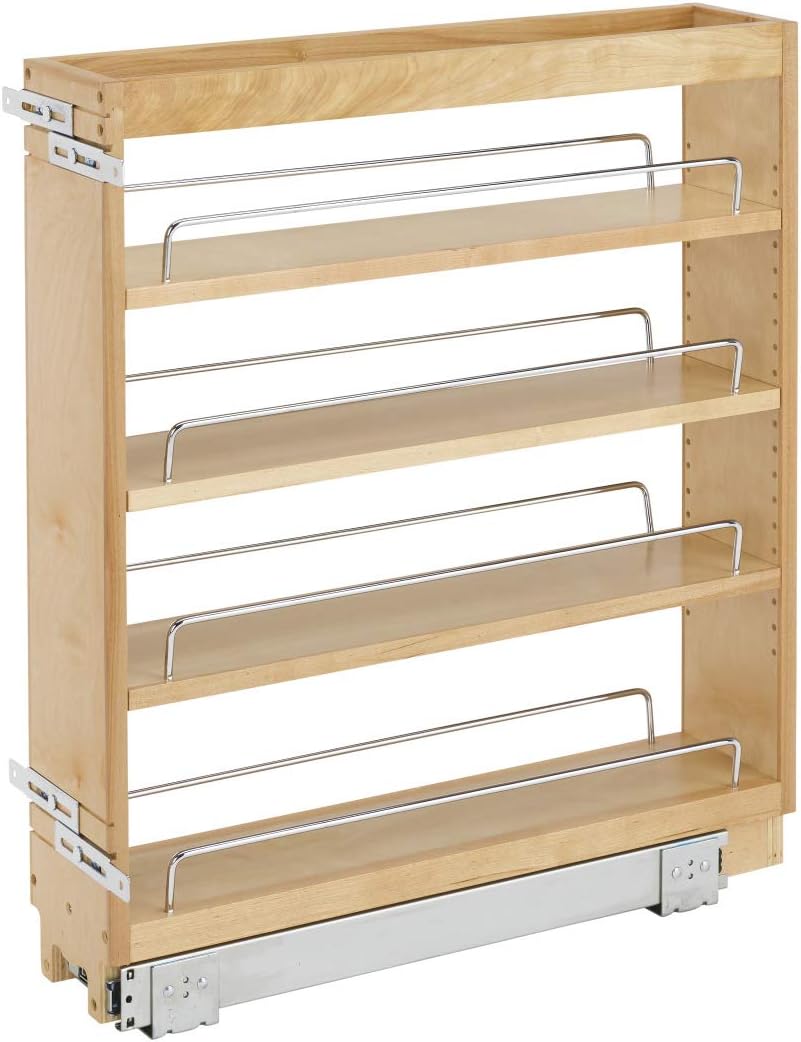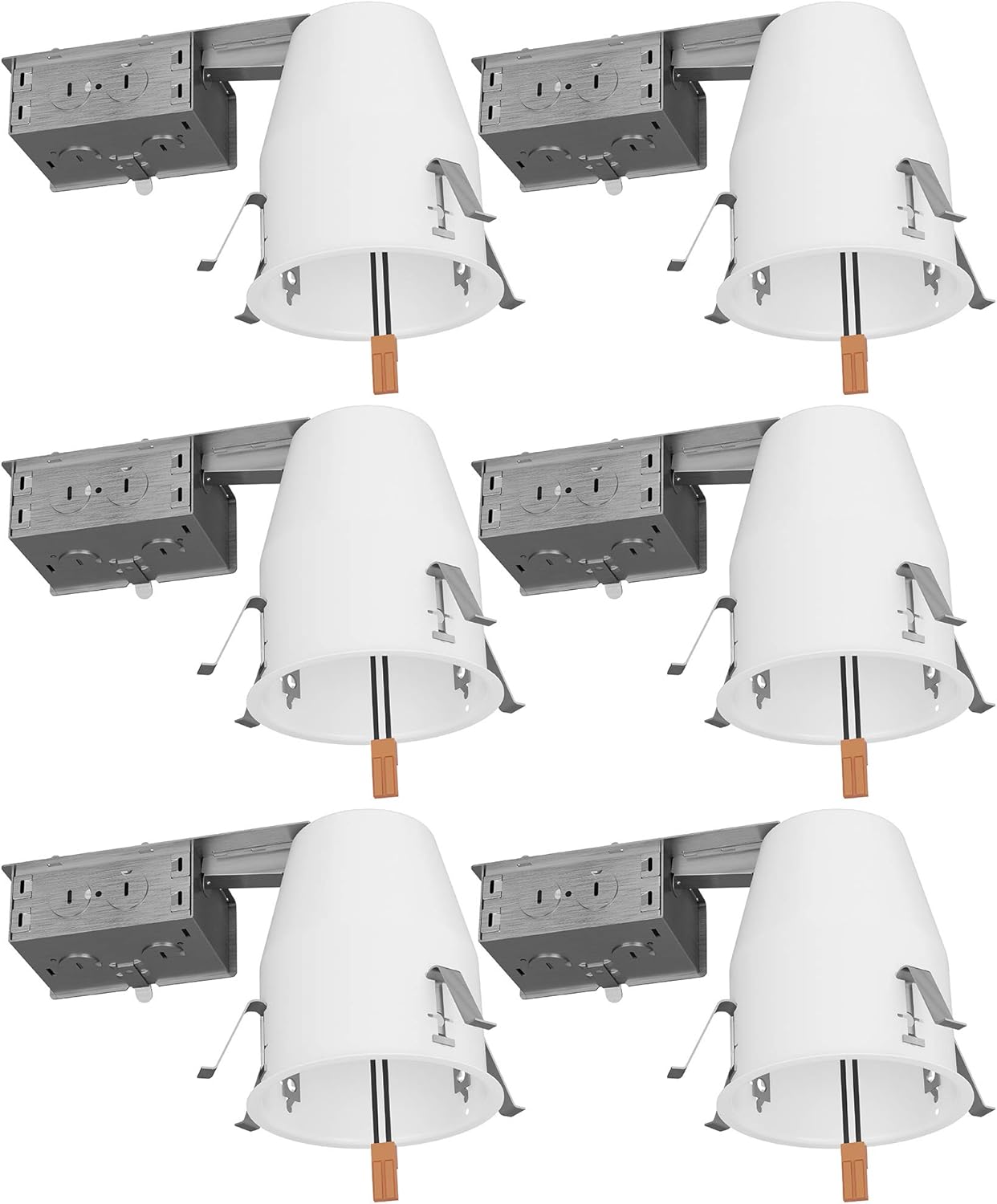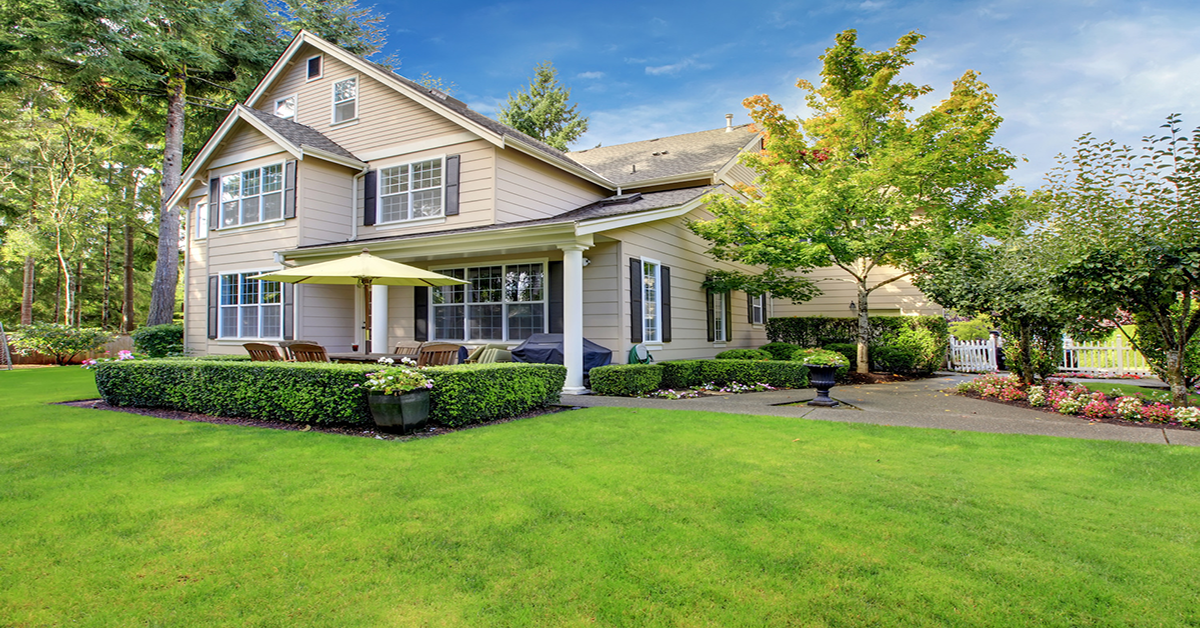Creating an environment that’s both aesthetically pleasing and functional for your aging-in-place home may seem like a huge undertaking. Most people have a misconception that aging in place means creating a sterile environment that feels more like a medical facility than a home. I can tell you that not only is this not true, but well-thought-out design is a part of what makes an aging-in-place home safer and more comfortable. The goal of any aging-in-place renovation is for the safety features to blend seamlessly with the home’s overall style and design.
There are so many factors to consider as you start your aging-in-place renovation plans. That’s why I’ve put together this guide to help you think through the most important considerations.
This is a list of the nine priorities that I address in every one of my aging-in-place projects. Incorporate these priorities into your plans and you’ll create the safest and most comfortable home possible for your parent or loved one.
- Aesthetics
A professional aging-in-place contractor can explain both the form and function advantages of certain designs. Furthermore, as long as these designs are implemented correctly, adding aging-in-place features can increase your property value. Here are just a few ways aging-in-place design can be incorporated seamlessly into the design of your home.
- A roll-under sink is quite elegant and can make for a minimalist design feature. The lost storage space can easily be restored with the use of a rolling cart.
- Lever door handles and double stair handrails can offer accessibility and safety without sacrificing aesthetics. With the use of modern finishes, these AIP features can actually upgrade the look of the home.
- If constructed properly, wider hallways, deeper closets, and broad door openings can promote open areas with a brighter and more airy mood.
While safety and accessibility are the most important reasons to introduce AIP features, a CAPS professional can help you turn them into a selling point by integrating them into the overall design of your home.
High-Functioning Aesthetic Products to Consider:
ADA-Compliant Iron Black Door Handle
 You don’t have to sacrifice aesthetics for purpose and this stylish, modern ADA-compliant door handle is proof. The handle’s rounded lever is comfortable, even for sore hands. And, this iron black finish will add even more style and value to your home.
You don’t have to sacrifice aesthetics for purpose and this stylish, modern ADA-compliant door handle is proof. The handle’s rounded lever is comfortable, even for sore hands. And, this iron black finish will add even more style and value to your home.
Pull Out Wood Base Cabinet Organizer
 This pull out shelf is perfect for an older adult aging-in-place and using a wheelchair to access items in the kitchen. Adding pull outs is worth considering if you’re removing cabinets to make way for a wheelchair accessible sink. If your parent doesn’t have severe mobility issues, a full-height pantry pull out is a great functional addition to the kitchen. These high-quality pull outs from Rev-A-Shelf are a great style feature as well.
This pull out shelf is perfect for an older adult aging-in-place and using a wheelchair to access items in the kitchen. Adding pull outs is worth considering if you’re removing cabinets to make way for a wheelchair accessible sink. If your parent doesn’t have severe mobility issues, a full-height pantry pull out is a great functional addition to the kitchen. These high-quality pull outs from Rev-A-Shelf are a great style feature as well.
- HVAC
A critical part of any aging-in-place renovation is the HVAC system, especially for those who are sensitive to drafts, allergens, and temperature and humidity fluctuations. This is an area of your renovation where you’ll want to work with a contractor because there’s a lot to consider.
Controls should be easy to read, easy to understand, and easy to access. The best type of thermostats are ones with large, digital displays and simple up and down buttons to control the temperature. Typically, contractors place thermostats higher than 48-inches, but you should request an extra control wire for future relocation to a lower height.
When it comes to the type of system that is best for your home, there are many factors to consider, such as the type of furnace, the maintenance involved, the noise, and the cost. Rather than telling a contractor what size or equipment you envision, offer specifics about the type of performance you want it to have.
HVAC Systems to Consider:
Consult a professional contractor before moving ahead with your HVAC purchase. When you’re ready, here are two 5-ton systems from two reputable manufactures to look at and compare side by side.
5-Ton HVAC System by York Affinity
- Electrical
In an aging-in-place remodel, the electrical system, controls, and back-up power provisions are all important considerations.
To make sure your electrical system is safe and accessible, keep these tips in mind:
- Proper grounding and circuit protection are essential
- Breaker panels should be in easily-accessible locations
- Ground fault circuit interrupters should be installed in potentially hazardous locations
- Arc fault interrupters should be installed in all sleeping areas
- Outlets should be 18-inches above the floor or higher
- Switches should be located no higher than 48-inches above the floor
There are seven types of controls that can be used to provide convenience in your new home. Here are some additional product suggestions as you consider your electrical needs.
- Dimmers provide variable lighting intensity and should use a slider to control brightness
- Three-way switches prevent someone from navigating a room without any lighting
- Rocker switches are easier to use in case one’s hands are full
- Electronic push-button timers are ideal to remove moisture from a bathroom, improving air quality and eliminating mildew growth
- Motion sensors are great when three-way switches can’t be installed and can be set to automatically turn on and off when someone enters and leaves an area
- Security lights provide exterior light
- Wireless control systems can provide the ability to turn off all lights from one location
In the case of an outage, it’s important to have emergency backup power, and an automatic backup generator system that is powerful enough to handle your home’s electrical requirements is ideal. Generally, they operate with natural gas or propane, so it’ll be important to have the proper fuel close at hand.
- Lighting and Glare
Bright, effective light is one of the most important aspects of improving home safety. But just because it’s bright doesn’t mean it has to be clinical. An aging-in-place contractor can help you evaluate your living space and determine how the lighting can best be improved for safety and design. This may require multiple visits so that lighting can be observed at all hours of the day.
Sometimes the simplest solution is to increase the light bulb wattage. Light fixtures can’t always accommodate a higher wattage, but lighting can still be improved if you switch to an LED bulb.
In some cases, it may be easier to just add more light fixtures and bulbs. Critical locations like entrances, hallways, and stairs should have at least two bulbs per fixture. Adding an additional light over a kitchen sink or LED strips under a cabinet can provide night lights for easy navigation.
When it comes to glare, generally there are two types:
- Contrast glare, which occurs with low levels of interior lighting and creates a dazzling effect when someone steps into daylight from a dark area. Contrast glare can also be produced by lamps if they are by a bright window or if the shades are not at eye level.
- Veiling reflection, which occurs when reflections on a floor are viewed through a thickened eye lens and look like water. A window or door at the end of a shiny corridor can provide a similar effect, which can result in tripping.
Most glare-related accidents can be prevented by proper design and construction, increased light sources, and non-reflective surfaces on flooring and countertops.
Lighting Fixture and Bulb Suggestions to Consider:
 A bedside task sconce is perfect for older adults who read in bed or need a little extra light at night. These vintage farmhouse sconces are stylish and practical. Their on and off switch along the cord is easy to reach, unlike other sconces with a small, twist switch at the top of the light which can be hard to reach and painful for sore hands to twist.
A bedside task sconce is perfect for older adults who read in bed or need a little extra light at night. These vintage farmhouse sconces are stylish and practical. Their on and off switch along the cord is easy to reach, unlike other sconces with a small, twist switch at the top of the light which can be hard to reach and painful for sore hands to twist.
 Adding task lighting under a set of kitchen cabinets can hugely improve the safety of cooking and kitchen prep. These LED strip lights are dimmable so your parent can adjust the light to their need, making the lights more comfortable for their eyes.
Adding task lighting under a set of kitchen cabinets can hugely improve the safety of cooking and kitchen prep. These LED strip lights are dimmable so your parent can adjust the light to their need, making the lights more comfortable for their eyes.
 A set of recessed lights are a must-have in the aging-in-place home. Recessed lights give you the ability to cast light exactly where you need it – against a bookcase, above a kitchen island, along dark walls or hallways and just about anywhere. A well-lit home is crucial for safe aging in place and recessed lights can fill in those gaps so there are no dark corners or hallways where falls are more likely to occur.
A set of recessed lights are a must-have in the aging-in-place home. Recessed lights give you the ability to cast light exactly where you need it – against a bookcase, above a kitchen island, along dark walls or hallways and just about anywhere. A well-lit home is crucial for safe aging in place and recessed lights can fill in those gaps so there are no dark corners or hallways where falls are more likely to occur.
- Doors
 The amount of space you need in your doorway depends heavily on the direction of the swing, the angle of the approach, and whether you have physical limitations that require a walker or wheelchair. The design of the doorway should allow for someone using a wheelchair to easily make it through, accommodating the need for 32-inches of clearance at knuckle height and at least 18-inches of maneuvering space. A professional contractor should conduct a proper assessment of your doorway needs.
The amount of space you need in your doorway depends heavily on the direction of the swing, the angle of the approach, and whether you have physical limitations that require a walker or wheelchair. The design of the doorway should allow for someone using a wheelchair to easily make it through, accommodating the need for 32-inches of clearance at knuckle height and at least 18-inches of maneuvering space. A professional contractor should conduct a proper assessment of your doorway needs.
If a doorway requires widening, there are several options available:
- Swing away hinges replace existing door hinges and provide up to 1¾ inches of additional clearance.
- Changing the jack studs can widen a doorway by up to 1½ inches.
- Installing a header bracket will allow enough width for a larger, standard door.
- Removing the applied doorstop can create as much as one inch of additional clearance.
- Reversing the swing direction allows for a wider door and can prevent someone from blocking a door from the inside.
- Converting to a cased opening can provide up to 2¾ inches of additional clearance and simplify the approach and use of the doorway by not having a door at all.
- Enlarging the opening can be considered if the above options don’t provide the required clearance.
It may be beneficial to use other types of doors like pocket doors, sliding doors, and folding doors. A professional contractor certified in aging-in-place renovation can show you how deviating from a standard door can improve your home while also ensuring your safety.
- Windows
Windows are crucial for providing natural light, ventilation, and an escape route in the event of an emergency. A professional contractor can help determine whether the window is sized properly to provide visibility from a seated position while also meeting code standards to act as an escape route. In some cases, code standards do not require the size of the opening to accommodate those with mobility or other physical impairments. However, making sure all windows are fully functional and easily operated by those with such impairments is critical to those looking to age in place.
- Vehicle Access
When designing your driveway, consider a minimum width of twelve feet to allow for transfer beside a vehicle. A hard surface, like asphalt or concrete, is preferable to pavers or loose gravel, which can provide an uneven surface and increase the chances of falling.
A single garage door should be at least nine-feet wide by eight-feet high to allow enough clearance for a van. When considering the amount of space needed in the garage, be sure to include space for a future ramp. If designing the garage from the ground up, try to keep the garage level with the main floor of the home to create a zero-threshold entry.
- Acoustics
https://www.amazon.com/Moondream-Insulation-Noise-Blackout-Thermal-Patented-Technology/dp/B018UH34RK/ref=redir_mobile_desktop?ie=UTF8&aaxitk=WrrIXaetgNnxBM9D8Zg9aA&hsa_cr_id=2101355670601&ref_=sb_s_sparkle In most homes, fabrics, upholstered furniture, carpeting, window coverings, and textured ceilings can provide enough acoustical absorption of ambient sound. However, some spaces can present a challenge. Remember these tips:
In most homes, fabrics, upholstered furniture, carpeting, window coverings, and textured ceilings can provide enough acoustical absorption of ambient sound. However, some spaces can present a challenge. Remember these tips:
- Special care should be given to rooms with a lot of glass or tile, especially if you are hearing impaired
- If not addressed, noise creation from HVAC equipment, exhaust fans, and other equipment can be louder than warning alarms or conversations
- Windows and doors facing noisy streets can also interfere with warning alarms, conversations, and other auditory cues, such as timers, microwave ovens, etc.
 Addressing these challenges can be difficult. Sound batts are often used to reduce noise, but their effectiveness is limited, which is why contractors sometimes limit loudness by employing the same design and construction techniques used in the creation of a home theater.
Addressing these challenges can be difficult. Sound batts are often used to reduce noise, but their effectiveness is limited, which is why contractors sometimes limit loudness by employing the same design and construction techniques used in the creation of a home theater.
Acoustical-grade drywall products can be mounted to resilient channels in a given area to isolate vibration and reduce sound.
A professional contractor is your bet when you’re looking to reduce ambient sound in your aging-in-place home. However, there are some simple solutions that you can easily add to your home to help muffle unwanted noise.
- Noise-reduction Curtains
- Anti-vibration and Quieting Washing Machine Mat
- Low-profile Non-Slip Area Rug
- Contrasting Colors
When using sharply contrasting colors in the design of your home, you can effectively highlight changes in level, steps, edges, or railings. If you have low vision, two quick design tips can help orient you to a room more easily:
- Use contrasting colors at adjoining corners to distinguish between walls.
- Select furniture or tables that contrast with the surrounding environment to make it easier to find, approach, and use them.
Read through my article on “Tips for Applying High-Contrast Paint to Make Your Home Aging-in-Place Friendly” for a deeper dive into what to think about when you paint an aging-in-place home.
You’re Ready to Start Planning Your Aging-in-Place Remodel
When preparing your home for aging in place, there are numerous considerations that may not immediately come to mind. To ensure your design and safety are similarly prioritized, work with a professional contractor experienced in the needs of the aging-in-place home before getting started.
As you continue to plan, send any questions you have my way by using the comments section below. I look forward to helping you along your DIY journey.
Good luck with your next aging-in-place home renovation project!

